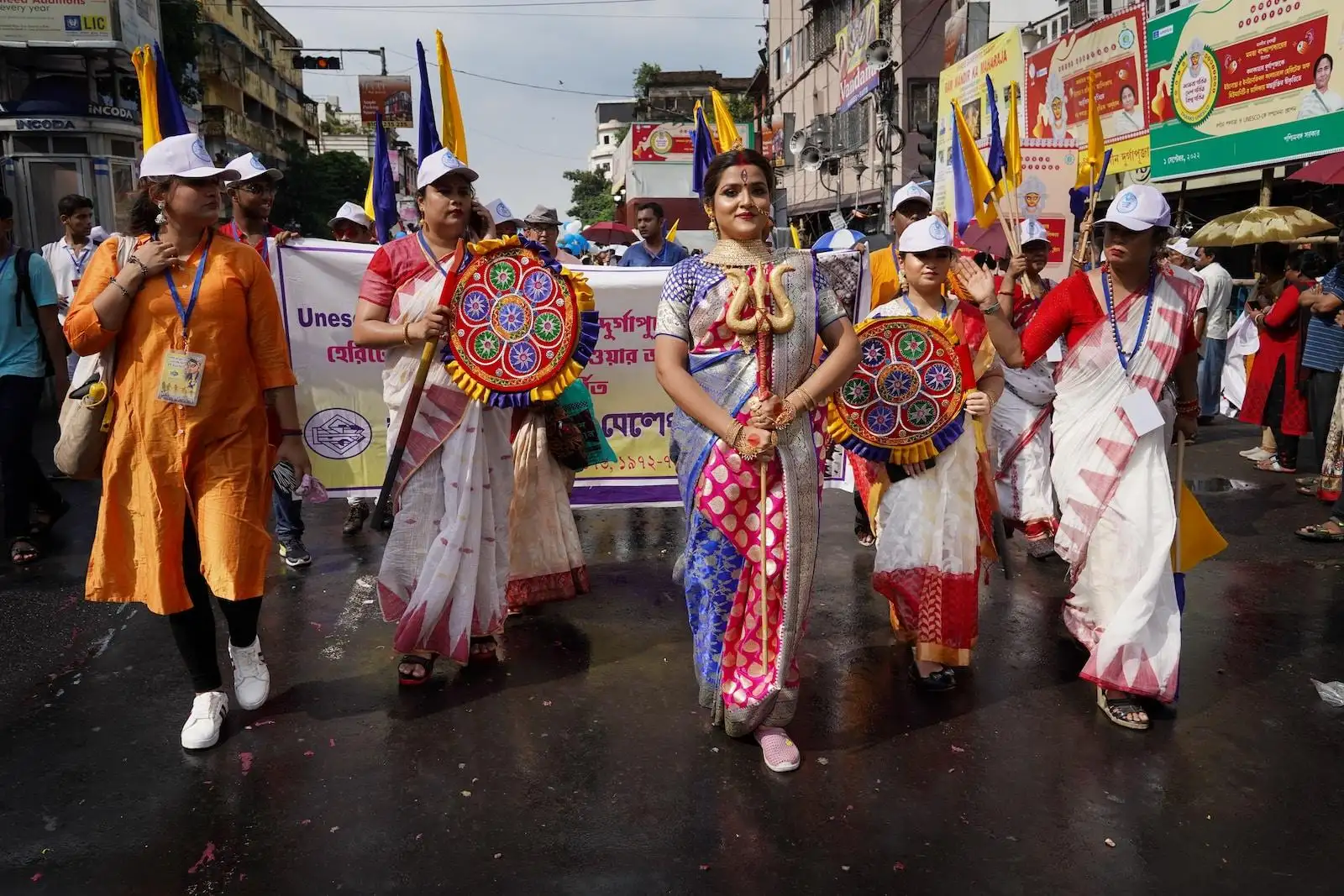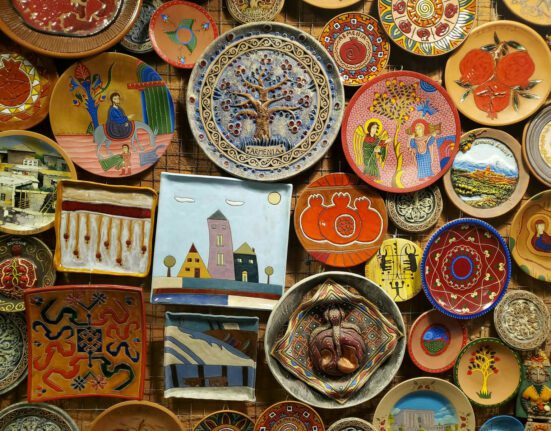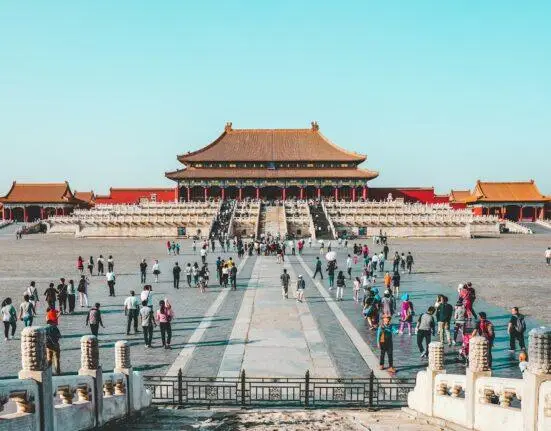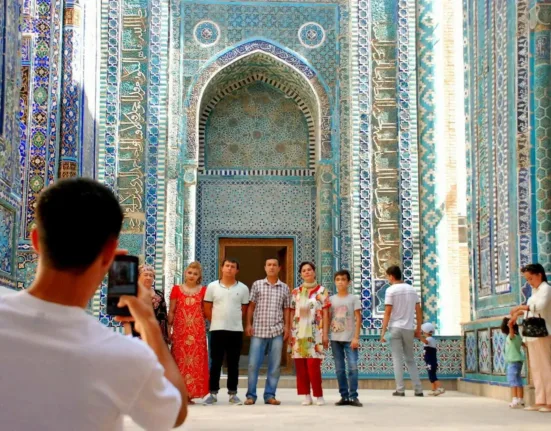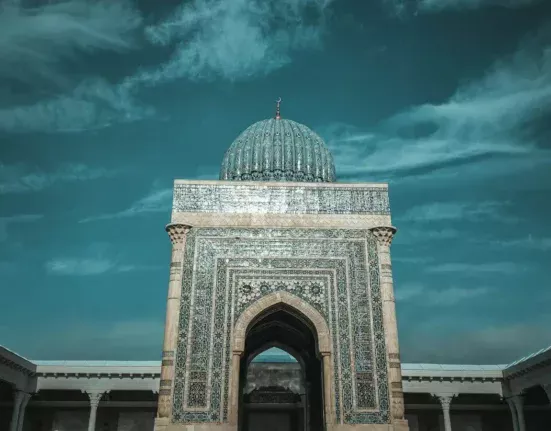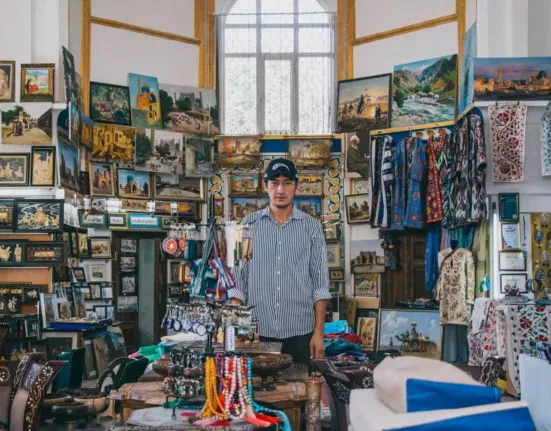Summary. This article offers a concise look at what travelers should know before planning a trip to India. It outlines how to obtain a visa, the most common types of transportation (trains, buses, etc.) there, the food to expect, and customs tips including money advice, communication challenges, and cultural practices. The article also provides detailed instructions regarding what tourists need to do and should know before, during, and after visiting India. It serves as a helpful guide for those seeking to make the most out of their trip while avoiding any inconveniences.
Are you dreaming of visiting the incredible India for an enlightening and unique travel experience? Have you heard tales of the captivating beauty that it has to offer? Are you ready to explore and experience the rich culture, the bustling cities, the stunning hill stations, and the incredible wildlife? Before you embark on your journey of a lifetime, there is essential information you need to know before visiting India. With a population of over
From traffic rules and hygiene to social customs and knowledge of its varied regions, it can be daunting to wrap your mind around everything about India. To get you the most out of your Indian trek, we give you the insights about everything you need to know before visiting India. From the important tips on staying safe to advice on how to interact with locals and making the most of India’s traditional hospitality, these What To Know Before Visiting India tips will help you immerse yourself in the culture, and make your India vacation unforgettable. Are you ready to learn about the Indian way of life?
From the vibrant city of Delhi to Goa’s stunning beaches, from the famous North India Golden Triangle to the breathtaking mangrove forests of the Sunderbans – the choice of incredible experiences in India is endless. So, what are you waiting for? Here’s all you need to know before you visit India!
What To Know Before Visit India?
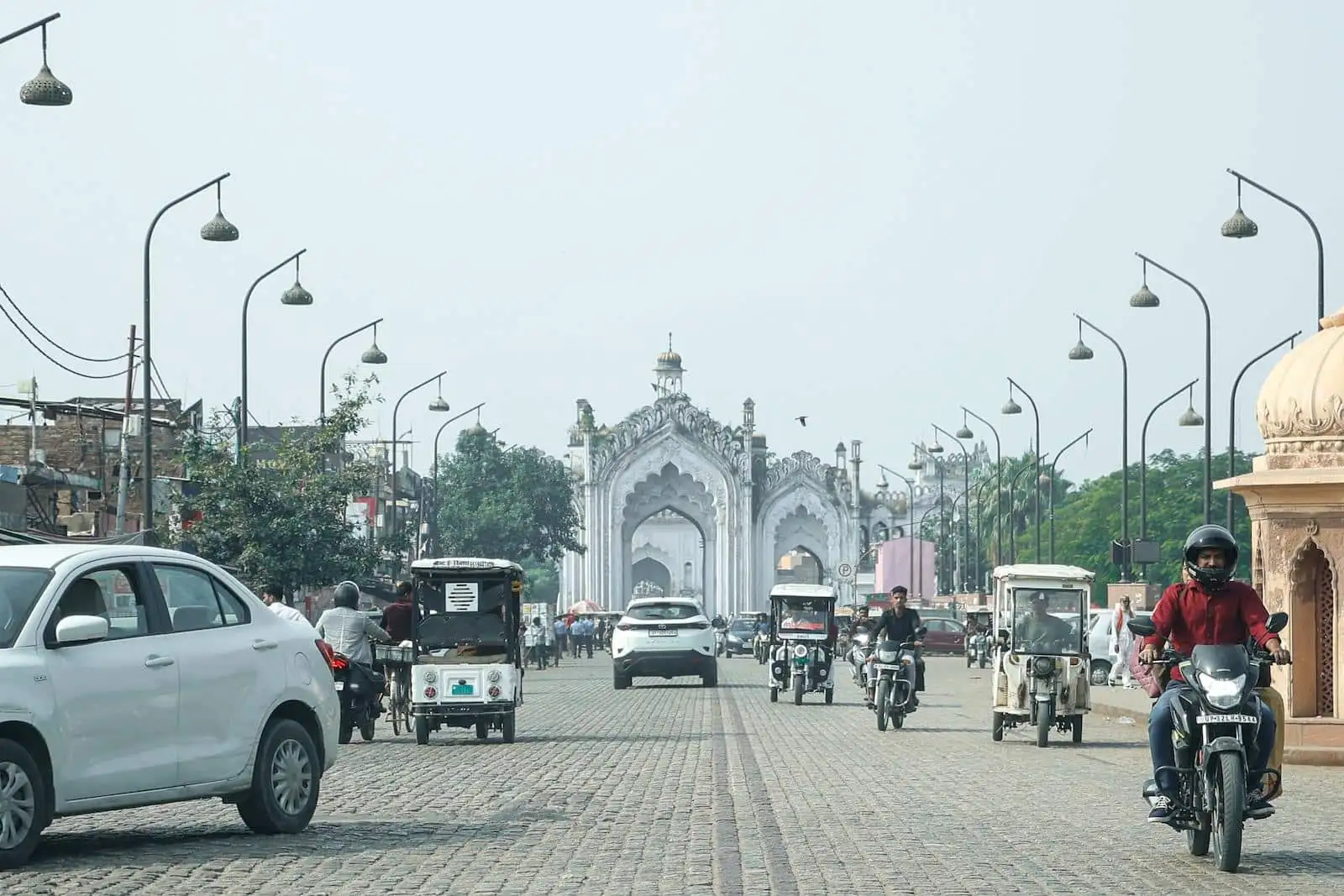
Prior to traveling, it is crucial to get acquainted with the language, traditions, and cultural norms of the destination. Although English is widely spoken in large cities, it is still advisable to acquire certain fundamental terms and phrases in the native tongue for the best possible communication. It’s also crucial to be aware of any Indian traditions that may be different from your own as a foreign tourist.
India is tremendously varied geographically and climatically, so be sure to do some advance study on the region you’ll be visiting. Plan carefully since the height and temperature in certain places may be rather severe. Being mindful of the heat is particularly crucial during the summer when temperatures may reach to very high levels. India is also the location of some of the most breathtaking sites in the world, such as the Taj Mahal, but keep in mind that owing to the magnitude of the crowds, some of these attractions may take longer to see.
High-end lodging options abound, ranging from affordable backpacker hostels to opulent 5-star hotels. Homestays are undoubtedly worth taking into consideration if you’re seeking for a unique experience. You may also choose to stay in dormitories or hostels, which provide inexpensive and sometimes communal lodging, to save money.
Entry And Exit Requirements For Travel To India
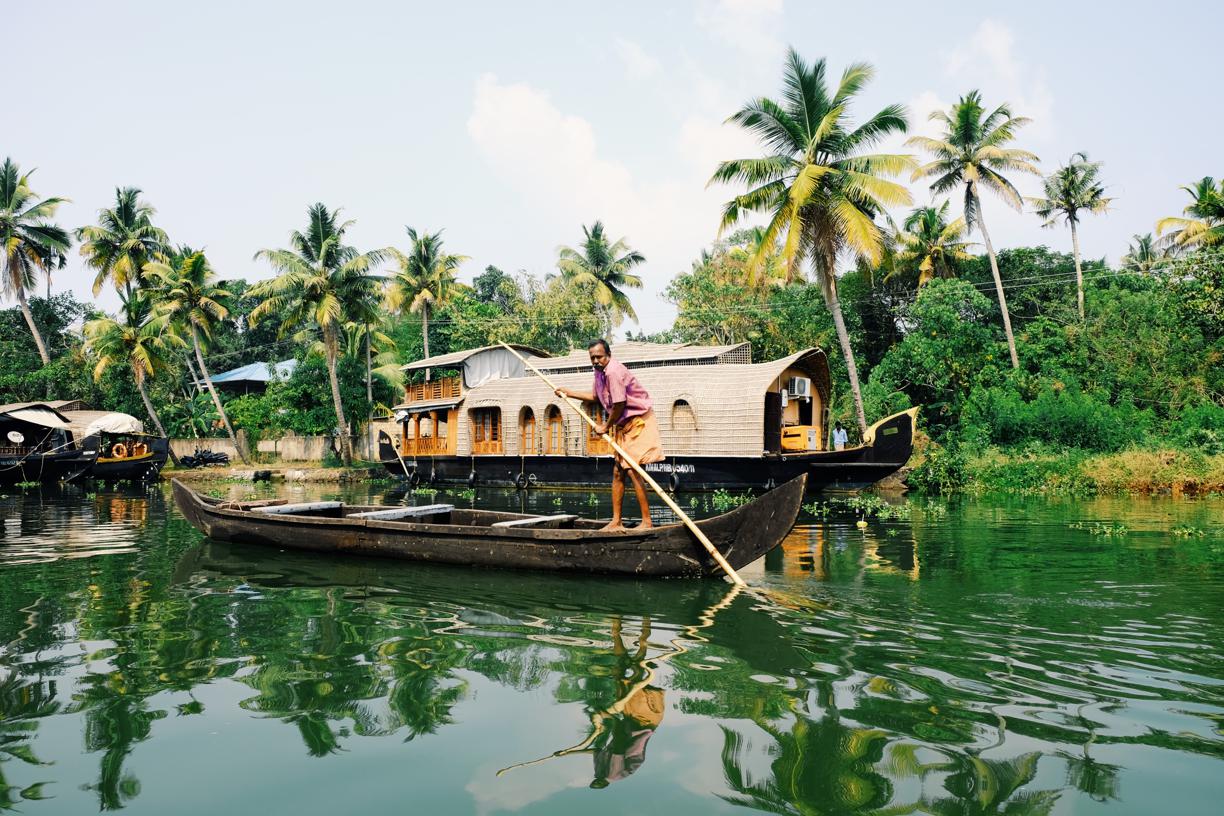
You may need to apply for an Indian visa in advance depending on your nationality. There are several nations whose citizens are eligible for visas-on-arrival, but bear in mind that they are often only issued for brief stays. Exit Requirements: Keep in mind that certain tourist visas compel you to depart the nation before the date of expiry.
Travel: With a variety of alternatives, including buses, boats, rental vehicles, taxis, and of course, the infamous tuk-tuk, getting about India can be quite the experience! Some alternatives may not be accessible depending on your location and the time of your visit. There are many places to stay in India, from luxurious resorts to hostels that are affordable. For your requirements and financial situation, you may discover the best solution. The mouthwatering spices, ingredients, and tastes of Indian food are some of its highlights.
You may discover everything you’re desiring in the nation’s many restaurants and cafes. India is a center for cultural variety and expression. Examine the music, dancing, visual arts, and written works of the local people. Respect the nation’s fundamental values and make an effort to speak politely in public.
Is It Safe To Travel To India?
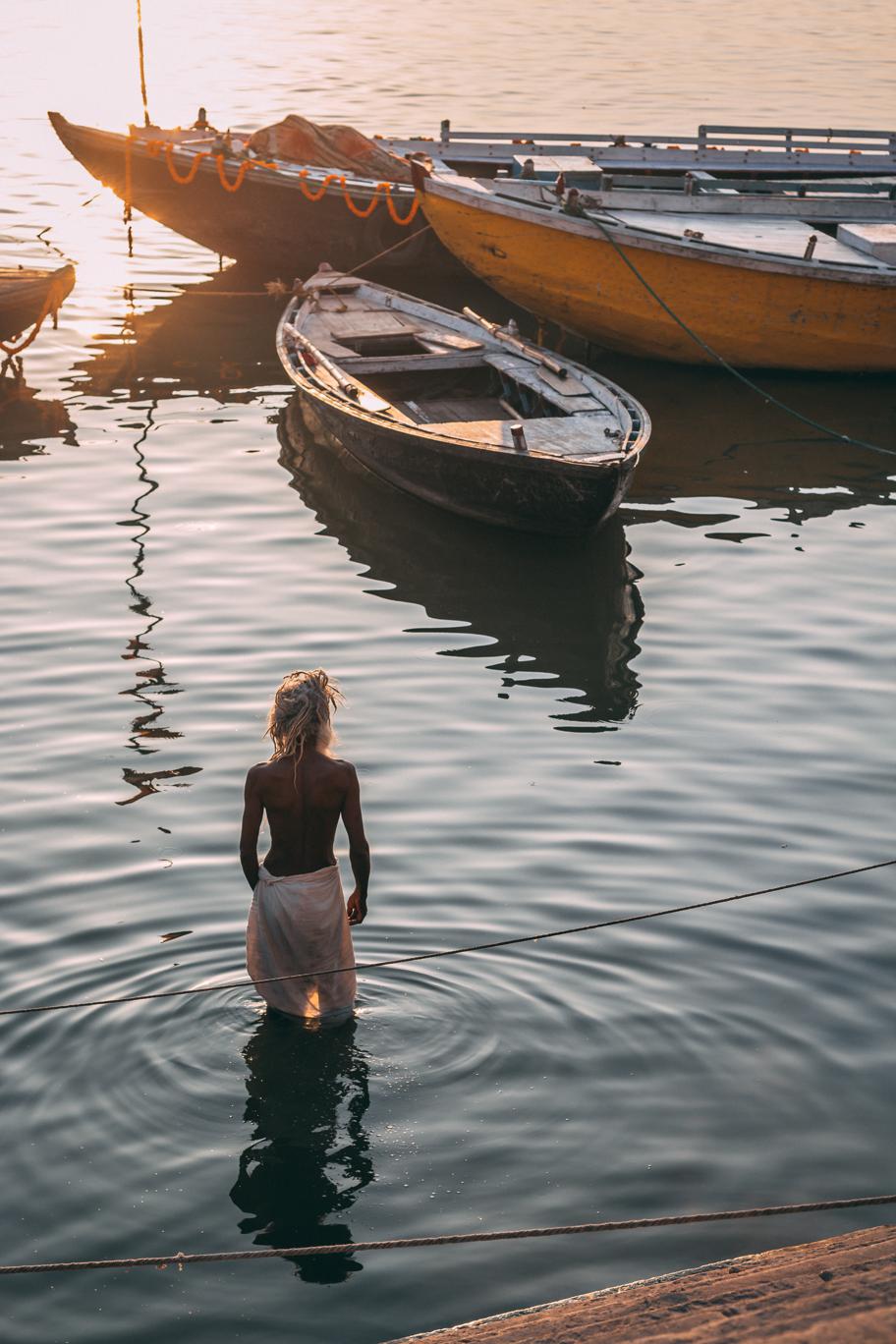
India is a fascinating and diversified powerhouse, full of extraordinary views and enthralling cultural experiences, making it a well-liked tourist destination. There are possible hazards and dangers connected with visiting India, just as there are with any other foreign country. Fortunately, there are methods to reduce your chance of being caught up in a risky scenario when visiting India. Safety is one of the main issues to think about while planning a vacation to India. India is a fascinating and dynamic nation, but because of its impoverished and highly inhabited places, it may also be hazardous.
Research Indian laws and traditions in advance of your trip to learn about some of the etiquette you may need to follow. To better comprehend the culture and manners of a country, many individuals find it beneficial to do some research about the place before they arrive. Other crucial factors to think about include:
- Getting enough travel insurance, which should protect you against theft, loss of passport, bodily injury, and medical expenses.
- Become familiar with your neighborhood’s emergency services in case of a crisis.
- Constantly keeping an eye on your valuables and carrying your critical papers in a money belt.
- Restricting demonstrations of physical love (because Indian culture is more traditional than that of certain Western nations).
- Making sure you are aware of the precise price of any products or services you plan to acquire.
Is India Cheap Or Expensive?
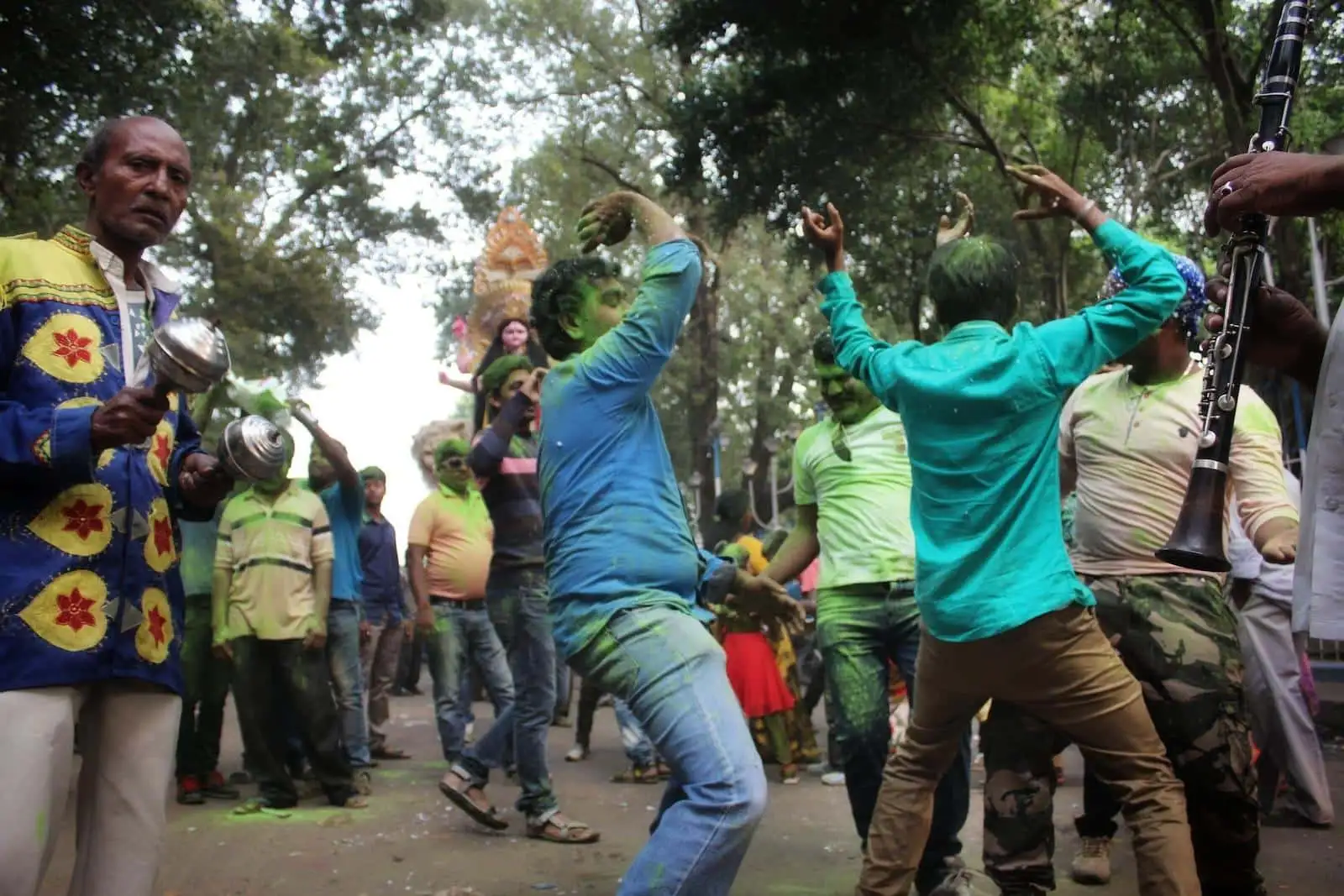
India is renowned for its inexpensive thrills and cheap goods, but it is also a notoriously difficult nation to travel through. One should be sure to conduct some study and make appropriate plans before traveling to this complex and interesting region. That’s why we’re delving further into the question, “Is India Cheap or Expensive?” today. India is a fantastic destination for tourists on a tight budget since the cost of living there is very inexpensive when compared to other nations. Prices at markets and stores may even be haggled for accommodations, food, transportation, and local services.
India often offers more affordable air travel than the majority of other nations. While domestic flights might sometimes cost as low as $20 USD, overseas flights can cost up to $500 USD. Although most pre-paid taxis and excursions have fixed charges, a fee should always be agreed upon before getting in the vehicle. Getting around will be more affordable if you buy a local SIM card or transit card.
Before choosing to participate in these activities, be careful to complete your homework since costs might fluctuate significantly across states. The majority of the cuisine in India is delectable, distinctive, and quite cheap. A cup of masala chai, a platter of sizzling samosas, and a $1 USD tandoori chicken combine for a delicious meal that won’t break the wallet. Of course, tourists on a tight budget should avoid upscale eateries and nightclubs.
The Most Visited Places In India
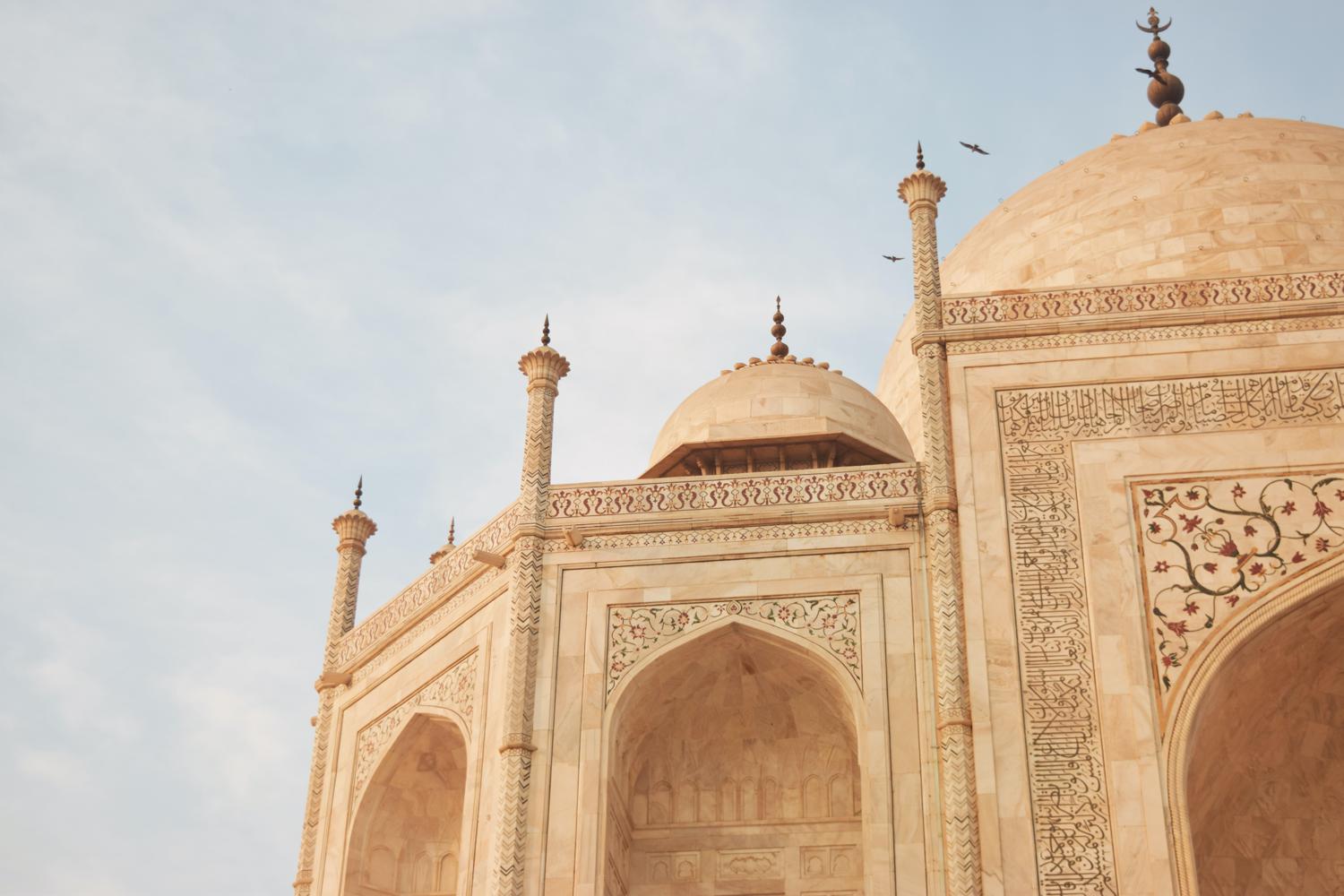
India is one of the world’s nations with the most diverse cultures when it comes to exploration. India has a wide variety of exciting locations, from the luscious rainforests of the north to the magnificent peaks of the Himalayas. But where do you even begin? Here is a list of the top tourist destinations in India. You won’t want to miss these must-see locations if you’re seeking for suggestions for the best cities and attractions to visit while you’re in India.
This stunning white marble mausoleum, one of India’s most recognizable landmarks, was constructed more than three centuries ago in honor of Emperor Shah Jahan’s cherished wife. The building is impressive in scale and will leave you speechless. The thriving city of Jaipur is not too distant from Agra. Jaipur, often known as the “Pink City,” is renowned for its magnificent royal palaces, magnificent temples, and bustling marketplaces.
Prepare yourself for a wonderful cultural experience and be sure to see the famous Amber Fort and City Palace. Delhi, the nation’s capital city, is impossible to miss. It’s no surprise that it’s one of the most visited cities in India with its busy streets, magnificent monuments, and lively culture. A must-see attraction in Delhi is the Red Fort, which is famous for its domes, gates, and gardens. There is also the India Gate, a 42-meter-tall arch built in honor of the Indian Army’s fallen warriors.
The End Of The Journey
India—a vibrant and colorful country with a plethora of cultural experiences and beauty that your senses can take in and never let go. When planning a trip to India, there are a few key pieces of knowledge to have in mind before you travel here. With that, let’s jump right into what to know before visiting India!First things first—planning when to visit India. Generally speaking, the best time to visit India is during the winter months of December through March—with the exception of areas such as Kashmir, where temperatures may drop drastically. On the other hand, the summer months of April-May usually bring about warmer and more humid conditions nationwide.
It is important to do your research before traveling anywhere and also ensure that you’ve verified all details with the latest government guidelines. Upon arrival to India, it’s wise to familiarize yourself with the local customs. As a guest in India, it is necessary to dress modestly and respect the traditions—especially in regards to religious sites. And lastly, do not forget to ask for permission before taking pictures of locals, as politeness and consideration of cultural sensitivities can go a long way. Despite the potential challenges of traveling to India, you can rest assured that travelers can still enjoy all the beauty this country has to offer!
With this, you can create a memorable experience that will leave you wanting more. Are you considering a trip to India? Have you already been there? What tips can you share with us? What should travelers know before visiting India?
Frequently Asked Questions (FAQs)
What is the golden triangle in India?
The circuit is approximately 720 km by road. The Golden Triangle is so called because of the triangular shape formed by the locations of New Delhi, Agra and Rajasthan on a map. Tourists typically spend a few days in each location, enjoying a mix of historic sites, cultural experiences, and local cuisine.
Which hand to eat with in India?
In India, it is traditional to eat with your right hand.
What is the Golden Triangle famous for?
It is located at the intersection of Myanmar, Laos, and Thailand.
What is the etiquette when traveling in India?
- Greet people with “namaste” or “namaskar”: This is a common greeting in India and is a form of respect.
- Dress modestly: When visiting temples or other religious sites, it is important to dress modestly and cover your arms and legs.
- Respect local customs and traditions: It is important to be aware of and respect local customs and traditions.
- Avoid public displays of affection: Public displays of affection are not accepted in Indian culture and are best avoided.
- Don’t point with your finger: Pointing with your finger is considered rude in India.
Feeling Inspired? Other Articles About India To Read:
- The Best Way To Plan A Trip To India: A Comprehensive Guide
- What To Know Before Visit India? Preparing For India Visit
- Are Holidays To India Safe?
- What Is The Best Month To Visit India? Unveiling India’s Timeless Charms
- Is India Expensive? How To Save On Your Trip!
Your Next Adventure Starts Here – Don’t Miss Out!
Everything you need to book, plan, and live your dream trip—right at your fingertips. The best deals and experiences sell out fast, so start exploring now before they’re gone.
Score unbeatable airfare deals with Skyscanner and Expedia. Compare flights worldwide, find hidden discounts, and book in minutes. Lock in your ticket now before prices jump.
Find the perfect place to stay anywhere in the world. Compare prices, read reviews, and book instantly for peace of mind on your travels.
Protect yourself while traveling with comprehensive insurance options. Quick setup, global coverage, and peace of mind wherever you go.
Discover tours, activities, and unforgettable experiences. Book easily online and explore at your own pace.
Get your Revolut card to manage your finances effortlessly while traveling. Instant digital setup, low fees, and worldwide acceptance make spending safe and simple.
Stay connected anywhere with global eSIMs from Airalo. Easy setup and affordable data plans for travelers.
Book local experiences and deals effortlessly with Saily. Save money while discovering unique activities.
Claim compensation for delayed or canceled flights with AirHelp. Quick and hassle-free process for travelers.
Love our content? Support our team in content creation via Buy Me a Coffee. Every contribution helps us deliver better guides, tips, and travel inspiration.

